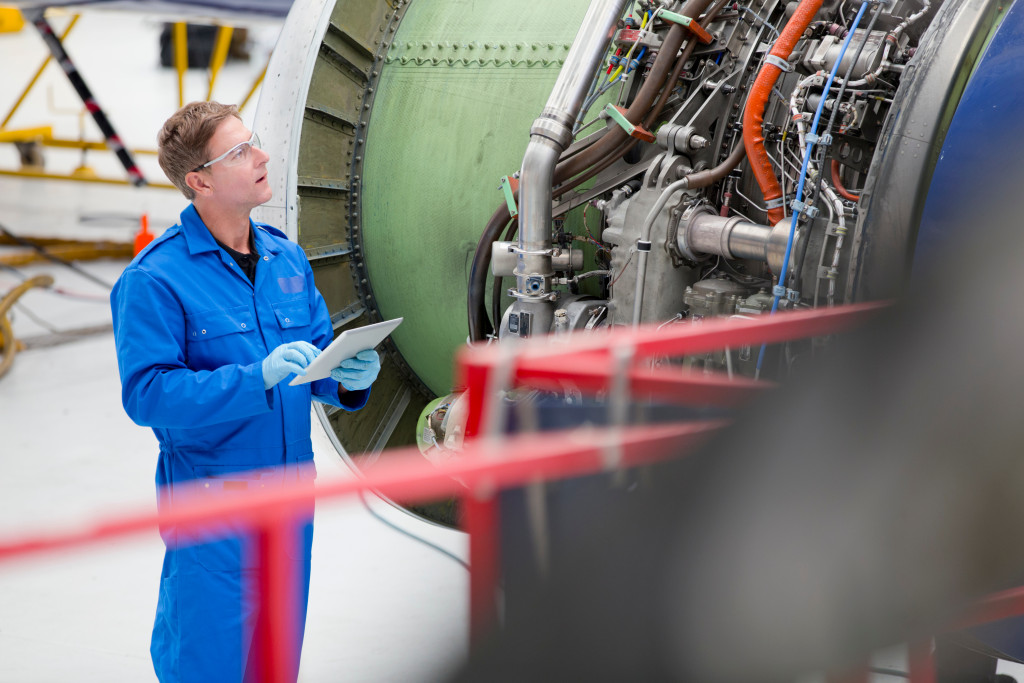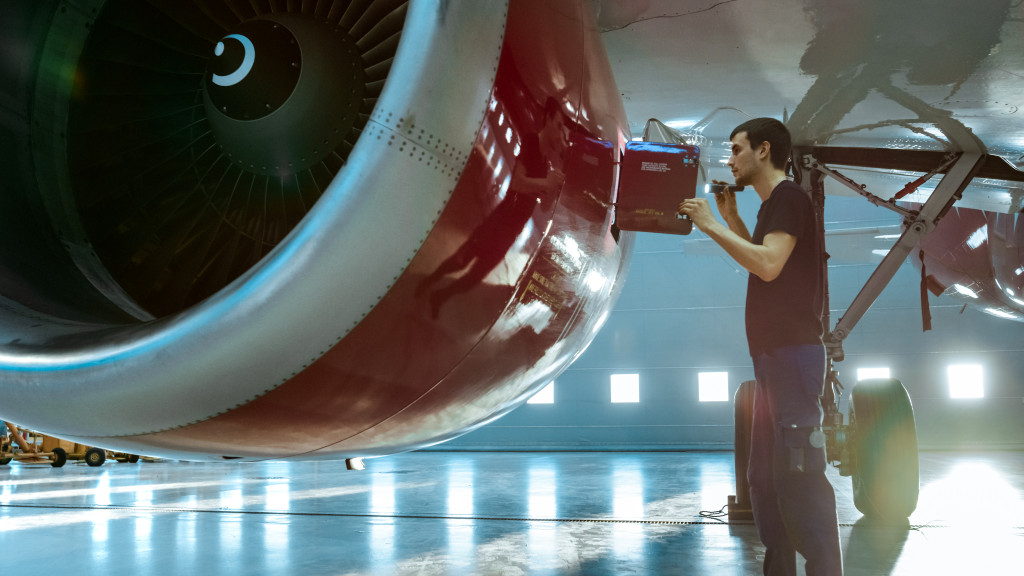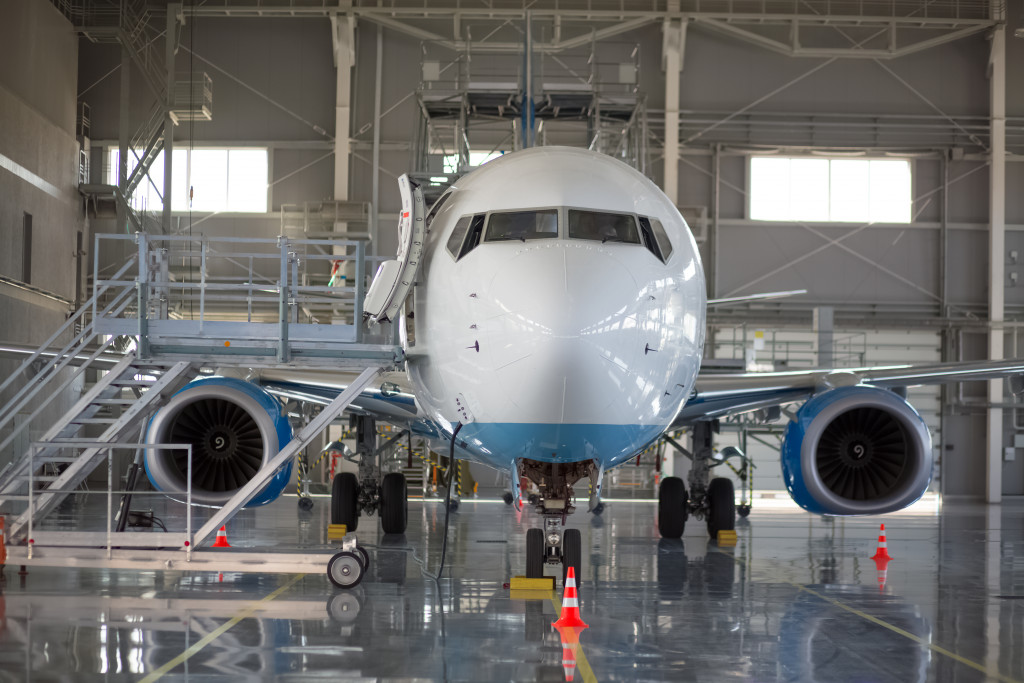- Routine inspections necessary for keeping an aircraft safe and reliable should be conducted by a licensed maintenance provider.
- Signs of corrosion, fluid levels, electrical connections, barry mounts, gaskets, filters, and air filters should all be checked during inspections.
- An aircraft should be inspected once a year, and other inspections may be necessary depending on the aircraft type.
- Keeping extra parts on hand can help reduce downtime if something needs to be replaced during an inspection or repair.
As an aircraft owner, your primary concern should be keeping your aircraft in the best condition possible. This means regular inspections and maintenance are essential for ensuring your aircraft performs at its peak. But what kind of inspections should you be doing? How often should they be done? And why is it so important to keep up with routine maintenance?
Why Inspections Are Important
Routine inspections are vital in ensuring your aircraft remains safe and reliable. This also extends to the safety of those who use your plane.
During a routine inspection, technicians will test all components of your aircraft to make sure they are working correctly. They can also detect any minor issues before they become major problems.
Look for a licensed maintenance provider or FAA-certified repair station to perform your inspections. Aircraft owners should also be familiar with their aircraft’s maintenance manual and understand what needs to be done for each assessment.

What Should You Look For During Inspections?
When it comes to aircraft inspections, certain things must be checked for to ensure the safety and reliability of your plane. It may be helpful to make a checklist of items that need to be inspected, such as:
Signs of Corrosion or Wear and Tear:
Corrosion can cause premature wear and tear on your aircraft, so checking for signs of deterioration during an inspection is essential. Usually, this accumulates in areas that are hard to reach, like the engine compartment or wings.
Leaks:
Leaks are one of the most common issues with aircraft that can be easily detected during an inspection. Look for any fluid stains or puddles under the plane as a potential indication of a leak.
Fluid Levels:
It’s necessary to check the fluid levels of your aircraft, including the engine oil and hydraulic fluid. Low or contaminated fluids can cause major mechanical issues if left unchecked.
Electrical Connections:
Your aircraft’s electrical connections should be checked during an inspection to ensure they are clean and secure. Loose or faulty links can lead to engine failure, so check them regularly.
Keep Extra Parts On-hand
Most parts used in aircraft are expensive, so keeping some spares on hand is a good idea. If something needs to be replaced during an inspection, then you don’t have to wait for the part to be ordered and shipped. Here are some examples:
Barry Mounts:
An aircraft’s barry mounts are essential for keeping it in the air, so checking and replacing worn parts is important. Keep some spare high-quality barry controls on hand just in case one needs to be replaced during an inspection. After all, you don’t want to be stuck on the ground if something goes wrong.
Gaskets:
Gaskets are used in various locations throughout an aircraft, from fuel tanks to control surfaces. Gaskets can become cracked or brittle over time due to exposure to extreme temperatures and other factors, so checking them during an inspection is important.
Oil Filters:
Your aircraft’s fuel and oil filters should be checked regularly for signs of wear and tear or contamination. Filters should also be replaced periodically to ensure they are clean and working properly.
Air Filters:
Your airplane’s air filters should be checked and changed regularly because a clogged filter can cause engine problems. These problems can be expensive and time-consuming, so keeping extra air filters on hand is good.

How Often Should You Do Inspections?
Each aircraft is different, but it’s recommended that you do an annual inspection at least once a year. You may also do a pre-flight check to ensure your aircraft is safe and ready.
An aircraft such as a private or commercial jet may also require more frequent inspections, usually every one hundred hours of flight. On the other hand, something like a glider might only need an examination every five hundred hours. It’s best to consult your aircraft’s maintenance manual for more specific requirements and guidance on how often inspections should be done.
In addition to annual and pre-flight inspections, it’s essential to keep up with other routine maintenance, such as oil changes and spark plug replacements.
Regular inspections and maintenance are essential for ensuring your aircraft performs at its peak. It’s important to look for signs of corrosion or wear and tear during an inspection. This also includes checking fluid levels, electrical connections, barry mounts, gaskets, and air filters. Generally speaking, it is ideal that you perform an annual assessment and keep extra parts on hand to reduce downtime in case something needs to be replaced during an inspection or repair. Following this advice will ensure your aircraft remains safe and reliable, which is paramount when flying.



